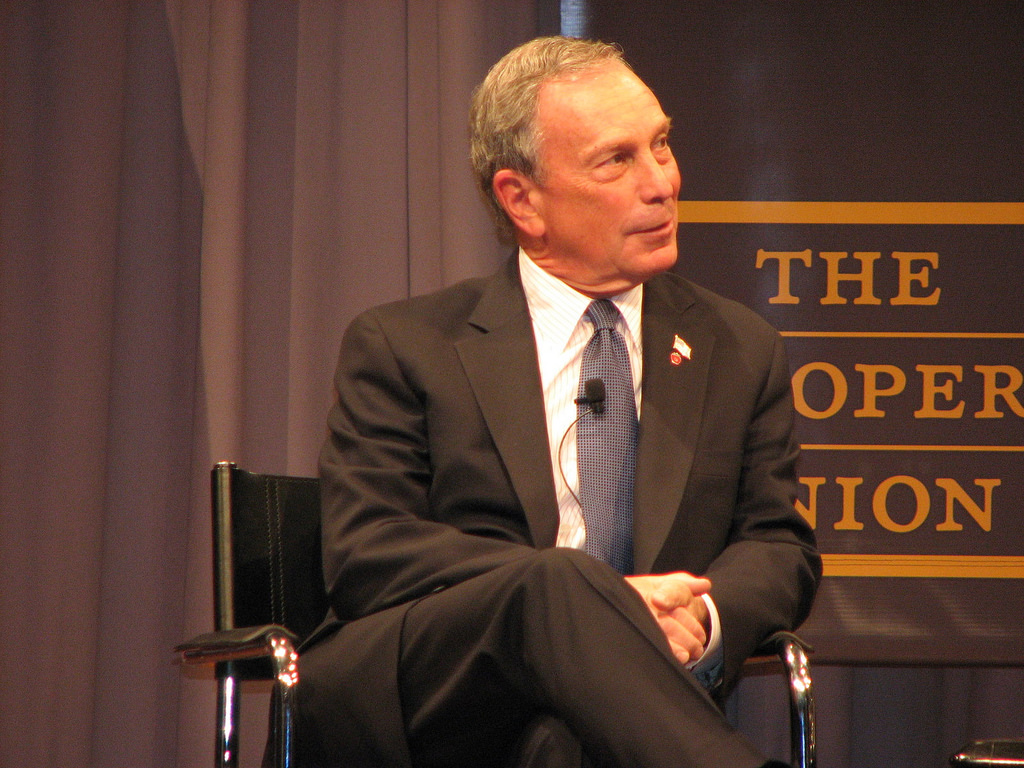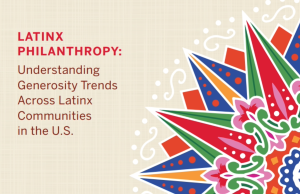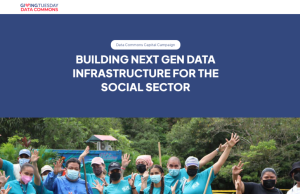It didn’t seem that long ago that fundraisers gasped at the first-ever billion- dollar capital campaign. It was kind of a big deal when in 2012 Stanford University became the first school to raise $1 billion in one year.
Former New York City Mayor and potential 2020 presidential candidate Michael Bloomberg took the fundraising arms race to the next level when he announced a $1.8-billion gift to his alma mater, Johns Hopkins University in Baltimore, Md. It’s believed to be the largest donation ever made to an educational institution in the United States. The funds will be devoted exclusively to financial aid
The gift is being made in one lump sum. According to Rachel Nagler, a spokesperson for Bloomberg Philanthropies, the gift will be delivered “as soon as possible.” Logistics are still being worked out but the university will receive the money “in works or months, certainly not years,” she said.
Bloomberg Philanthropies targets education, the arts, environment and government innovation.

The donation is almost three times the $636 million that Johns Hopkins raised in total last year and more than half the size of its $3.3-billion endowment. The $1.8 billion gift is equal to about to 0.35 percent of the $410 billion in charitable giving in the entire United States last year.
“I had to look to make sure it was a ‘b’ in front of that instead of a ‘m,’” quipped Amir Pasic, the Eugene R. Tempel Dean and professor of philanthropic studies at the Lilly Family School of Philanthropy at Indiana University-Purdue University Indianapolis (IUPUI). “That’s a huge commitment. As a portion of his net worth, that’s quite a commitment,” Pasic said.
Bloomberg’s gift will continue to pressure others to up their game and set the goals even higher at then nation’s top universities, said Pasic, who earned his master’s in international relations from Hopkins. “It’s certainly going to increase the aspirations of universities to engage wealthy people and make the argument that they should follow the Bloomberg example. It’s certainly not going to tamp down ambitions, it’s going to go in the opposite direction,” he said.
It’s not just the sheer size of the gift that’s significant but also its intent to focus on the financial needs of students in lower socioeconomic levels, Pasic said. “The whole idea is to make those elite universities more accessible,” he said.
“There are a lot of problems out there that philanthropy could address. This is addressing one but certainly not all,” said Katherina Rosqueta, founding executive director at The Center for High Impact Philanthropy at The University of Pennsylvania.
“The intent is worth noting because it is focusing on a social impact issue that is we all know about: financial access to higher education, particularly to elite institutions like Johns Hopkins, is not available to a lot of qualifying students,” she said. Anything that relieves the debt burden helps to make that access to higher education, particularly at elite universities, broadly available, she said.
“In some ways, it’s a fairly traditional gift, like a lot of big gifts by wealthy people it goes to their alma maters,” she said. Because they’re large institutions, they have the ability to cultivate and steward large gifts,” she said.
Effective with the fall 2019 semester, Johns Hopkins will implement five programs based on the donation:
• The university will permanently commit to need-blind admissions, admitting the highest-achieving students from all backgrounds regardless of ability to pay;
• Low-income students who qualify for federal Pell Grants will comprise at least one-fifth of the student body within five years;
• Student loans will be eliminated from financial aid packages, replaced with scholarships that do not need to be repaid. Currently, 44 percent of students graduate with some form of loan debt, averaging more than $24,000.
• Reducing what families who qualify for financial aid have to pay toward a student’s education; and,
Increase recruitment and programs for first-generation and lower-income students, including support for research experiences, internships, and study abroad programs.

Undergraduate enrollment at Johns Hopkins is less than 6,000 students. Tuition runs about $50,000 annually. The university was established in 1876 through a $7 million bequest from entrepreneur Johns Hopkins. That would be equivalent to about $165 million in today’s dollars, taking into account inflation.
“A big gift will draw lot of attention for what it is. What matters more is how does that money effectively address a social goal. At least the intent in this case is very clear,” she said and that’s increase access to elite universities and the higher education experience.
“The conversations that this large, highly visible gift is prompting is a good one,” Rosqueta said. The Bloomberg gift may spark a race for bigger gifts to elite higher education institutions but it’s also prompting conversations about who else doesn’t have access to higher education, she said.
Perhaps other people of means will support their system, either a local community college or university that has a strong record of helping first-time college students graduate in four years, said Rosqueta. What are other organizations that donors can support so more young people can support this type of education and not be saddled with the debt burden after completing college.
For people who are the first in their family to go to college, financial support for tuition is still not a guarantee that they will thrive or complete their degree in four years, Rosqueta said, adding that they often lack the social capital to know how to navigate their new place. “There are other barriers that exist,” she said, not only financial barriers but there also can be a responsibility and social capital barrier that can exist between those who finish on time and those who can’t. “That can be yet another opportunity for philanthropy to help,” she said.
A 1964 graduate of Johns Hopkins, Bloomberg has given $6.4 billion over his lifetime to philanthropic causes prior to this commitment. Bloomberg Philanthropies includes his foundation, corporate, and personal philanthropy, as well as Bloomberg Associates, a pro bono consultancy that works with mayors in cities around the world. The Bloomberg Family Foundation in New York City has assets of $7.85 billion (2016).











